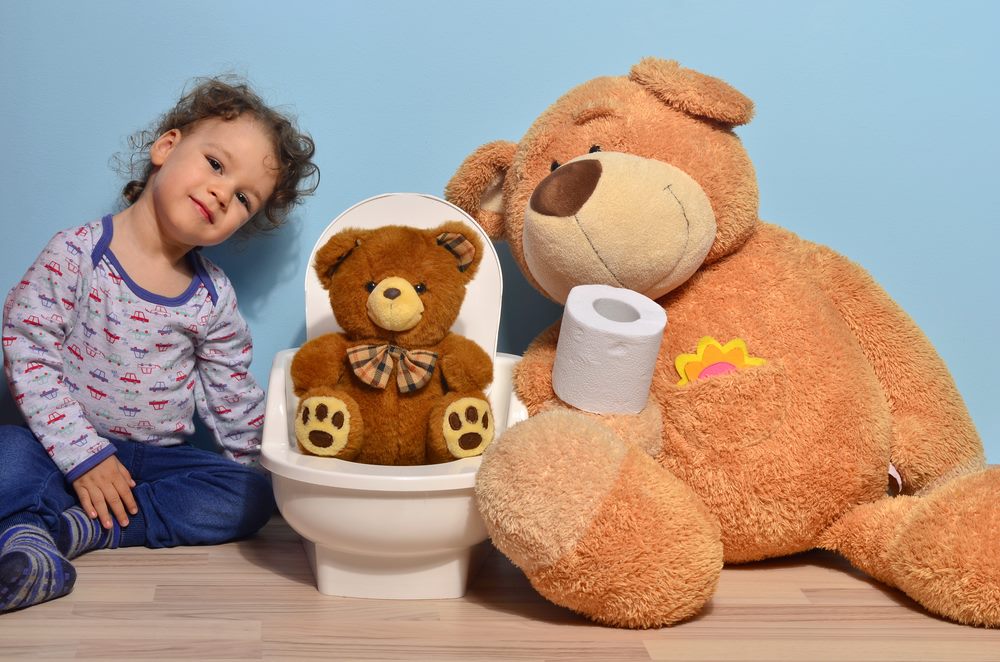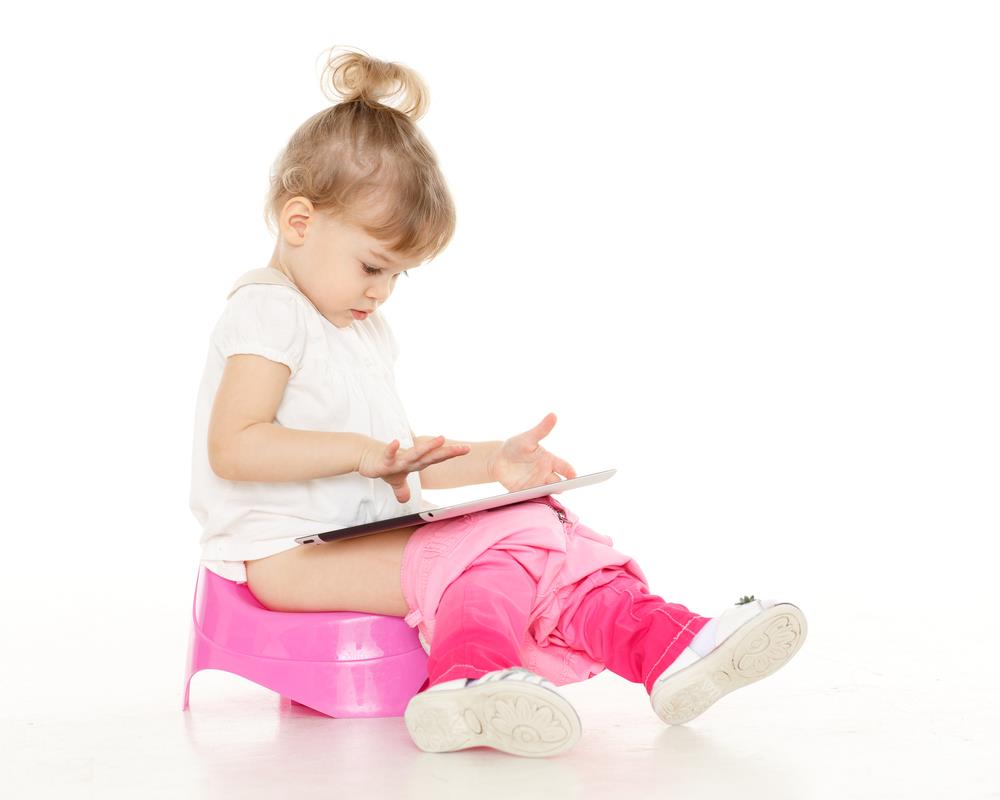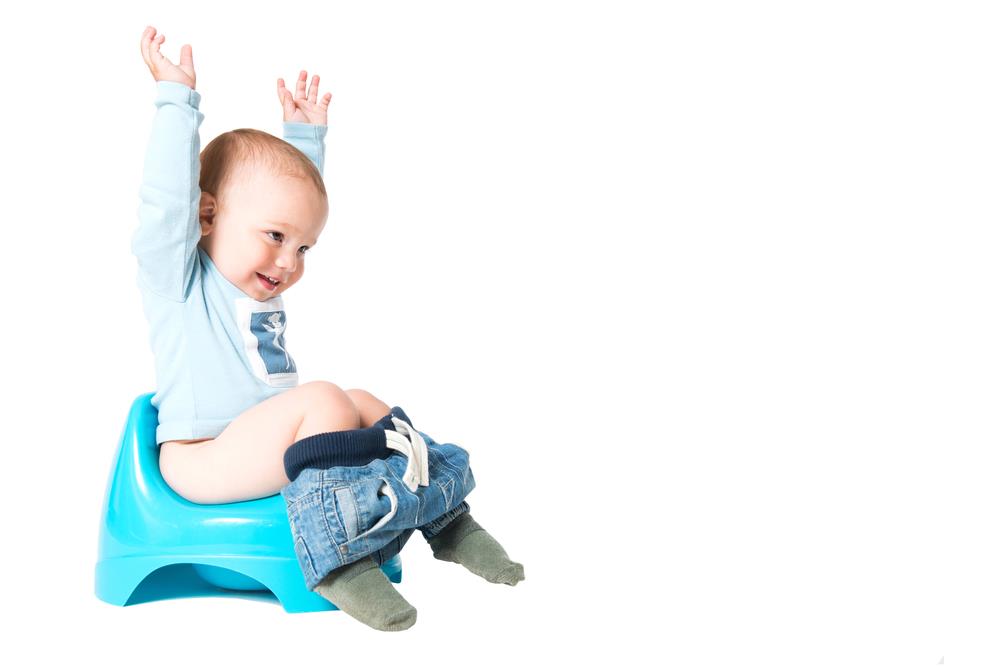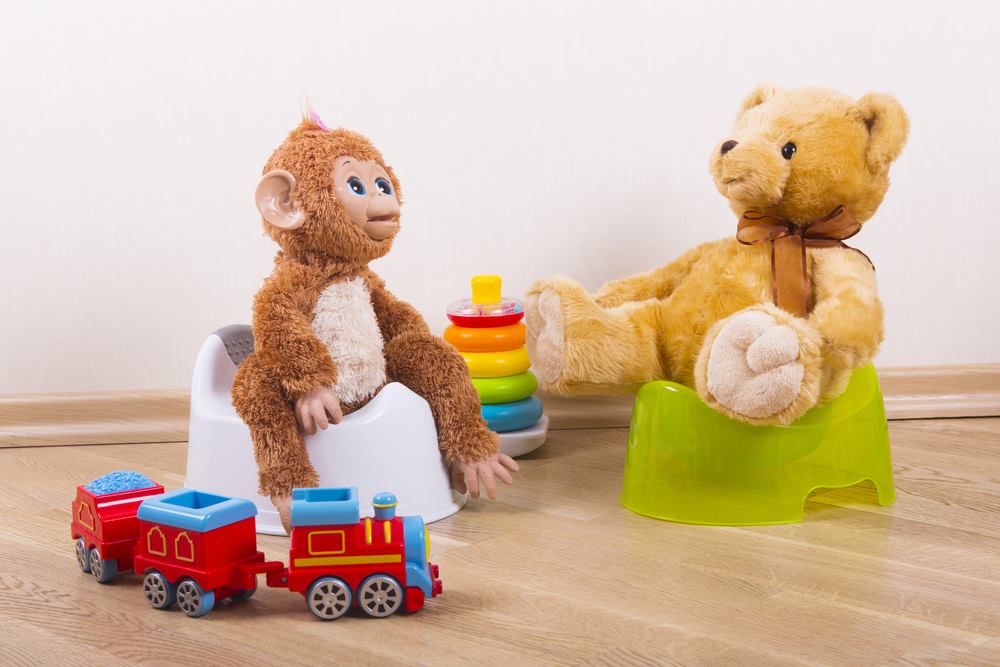Another milestone that parents look forward to is potty training. In fact, some parents might be so eager to begin. I mean, who wouldn’t want potty trained kids? It saves us time and energy on keeping up with cloth diapers, or money with disposable diapers. As early as one year old, a child can recognize a full bladder and rectum. Some kids begin to show readiness as soon as 18 months, while others only show interest until after age three. As long as they are showing signs of readiness, parents can take these easy steps to successful potty training.
On average, parents start training their children at about 2 1/2 years. As parents, we need to watch for these signs of readiness before you start training. You might be eager to start, because they could be outgrowing their daily reusable diapers. But if your child isn’t ready, it can only be counterproductive. Ask these questions to assess their readiness: Can they follow simple instructions? Can he walk and sit down? Can they take off his pants and put them back on?
When your child is ready, ask yourself if you’re ready to. Make sure that before you start toilet training, you can offer time and patience. Be prepared for potty training to take a couple of months. When you see that you and your child are ready, take these little steps for a smooth potty training:
Choose the right equipment
Invest in a child-sized potty chair or an adaptable seat to your toilet. Seeing something their size will make your child less anxious about using a grown up toilet. When looking for a potty chair or a toilet seat, figure out what’s best for your child. Then invite your child to help you pick. The sense of ownership and pride will also encourage them to use their potty chair more. Write his or her name on the potty chair and invite him to play with it.
For adapter seats, make sure you buy a stool with it to help your child get up and to support his feet while he’s sitting.
Create a routine
At the beginning of the potty training, introduce the routine by letting your child sit on the potty chair fully clothed. This should be done preferably at a time when she’s likely to have a bowel movement. After you see that she is doing well with the routine, you can begin having her sit on the potty chair bare bottom.
When weaning them off the diapers, have your child pay visits to the restroom at a scheduled time. If the toilet is not so close, make sure their potty chair is nearby to prevent “accidents”. When accidents do happen, respond gracefully. Maintain a positive and loving attitude even as you clean up. During play time, encourage bathroom breaks because they tend to forget or ignore the urge.
Simple clothing
To ease the training process, have your child wear pants that are easy to remove or put on. Rather than promoting independence, clothing difficult remove might discourage them and have a stressful effect on them instead.
Visual Aids
Place pictures near the toilet or potty chair that show steps will be helpful for kids. As parents, we should provide assistance and assure them that you are there to help. However, visual aids will help ease the learning process and encourage independence for your kids.
Potty training is different for each child so there’s no need to compare yours with others. Don’t pressure yourself or your child. When you wait until your child is ready, the process will be smooth for the both of you. It will take many wet days before your child can go a whole day staying dry. Be patient and consistent.
Don’t forget to give yourself a pat on the back in the end! Your child’s accomplishments are yours as well!





